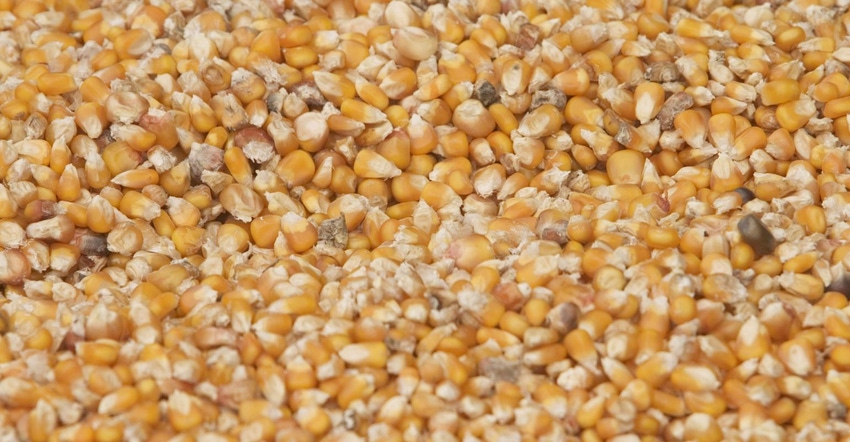August 31, 2020

Corn fields destroyed by the August 10, 2020 derecho will have different crop residue than normal after grain harvest.
Things that will be different include early plant death (at varying reproductive growth stages), ears at various stages of grain fill, and whole plants instead of “loose” stalks/leaves/husks after grain harvest (unless tilled). The amount of vegetative material, except for some husk material, basically reaches a maximum around R1- silking.
Therefore, the amount of vegetative material will be the same now as would be after grain harvest. One question has been use of nitrogen application to speed degradation. Dr. Mahdi Al-Kaisi wrote a good ICM News article on such use last fall (Corn Residue Breakdown as Affected by Tillage and N Application). Basically, nitrogen application to corn residue will not affect residue breakdown or rate of breakdown, and the applied N will likely not be there for the next crop.
I would expect the same result with destroyed corn. I would also expect the breakdown rate to potentially be quicker than residue remaining after harvest as destroyed corn would have been at reproductive growth stages earlier than maturity. That is, the amount of carbon and nitrogen in vegetative components and grain would be different than at harvest.
Using data from a recent era hybrid study, here are some approximate carbon:nitrogen (C:N) ratios of vegetation (including cob) and grain at four reproductive stages. Including the cob increases the C:N ratio at maturity as cobs have little N but considerable carbon. The ratios, with the cobs not included with the vegetation at R6 stage, would be 69:1 for vegetation and 130:1 for cobs.
With the lower C:N ratios, the earlier stage vegetative and grain material should be more easily decomposable. With dry soils, however, the breakdown will be slowed.
Vegetative C:N ratio
R3 – Milk 39:1
R4- Dough 43:1
R5 – Dent 56:1
R6- Maturity 75:1
Grain C:N ratio
R3 – Milk 27:1
R4- Dough 34:1
R5 – Dent 37:1
R6- Maturity 37:1
Source: Iowa State University
About the Author(s)
You May Also Like




